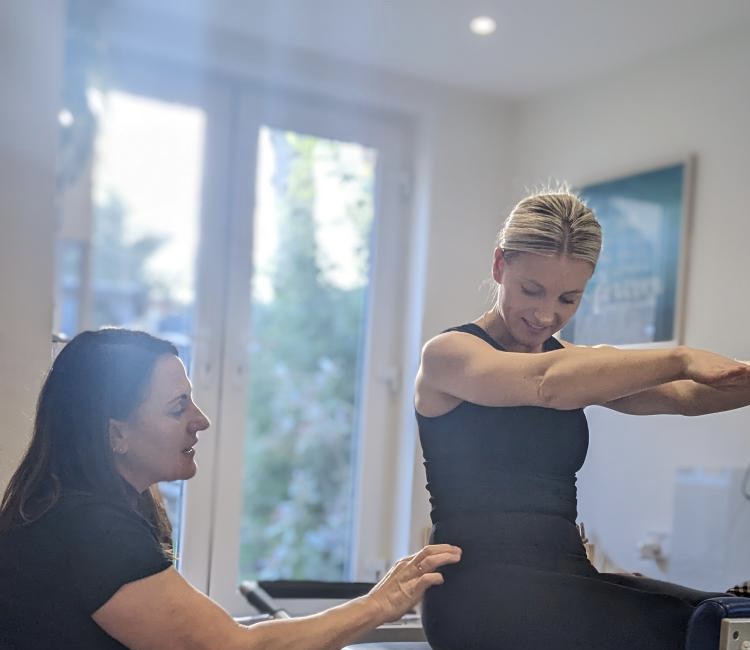Neutral Spine-Is it important & has it any value?
 “Find your neutral spine” “Am I in neutral? ” “Keep your pelvis in neutral” are all often heard in a Pilates class but what does it actually mean, is it important and does it have any value?
“Find your neutral spine” “Am I in neutral? ” “Keep your pelvis in neutral” are all often heard in a Pilates class but what does it actually mean, is it important and does it have any value?
(Just a quick note from the start to say that I don’t use the term “neutral” as I don’t think it is really understood and people tend to just go where it’s comfortable, as well as for the reasons below!)
To understand “neutral” we need to consider what purpose it serves us in movement. The neutral position is often taught from an understanding that it gives us stability, an ideal position to move from.
Stability is defined as, control of movement, strength to endure, balance. Notice it is not rigidity nor a fixed, universal position to lock down into.
So what do we actually mean?
Neutral pelvis– this position exists the same for everyone. It is where from a front view, the ASIS (two bony bits that stick out at the front of the pelvis) are level, and from a top down view, the ASIS and the pubic symphysis are vertically stacked on top of each other.
Neutral spine– this is different for each of us- no one is exactly the same. We all have the natural curves of the spine, but they differ for each individual.
According to White and Panjabi, Clinical Biomechanics of the Spine, 1990, there is a huge range of variations in the spinal curves, lumbar curve between 20°-70° and the thoracic between 20°-50°.
These variations can be due to many factors including structural, hereditary and developmental. So how did neutral spine evolve?
The Neutral Zone
Born around 1992 by Panjabi, it is described as,
“…a region of intervertebral motion around the neutral position where little resistance is offered”
In other words, a range of possible positions of the vertebrae where the structure of the spine is well sustained, where control of movement is maintained. The neutral zone is not fixed, rather it is an optimal range allowing for individual variations, yet somehow it has been warped into a rigid, universal position to be maintained at all costs!
So how can we know where our own specific neutral zone is?
Always remember that with any movement of the body, there should be movement of the spine and pelvis to accommodate the change in load. Nothing should be fixed as this will restrict and inhibit natural movement.
We should look for dynamic stability, where our position allows for optimal space between the vertebrae, the strength to endure, balance of oppositional forces through the spine and axial elongation.
Click on the video below to watch a further explanation of the neutral zone and dynamic stability.
This month in the Associates we have been focusing on how the neutral zone applies to our teaching and the Pilates repertoire, all classes are recorded and in the Associates Area. If you are interested in joining the JPilates Associates please click here for more information.


